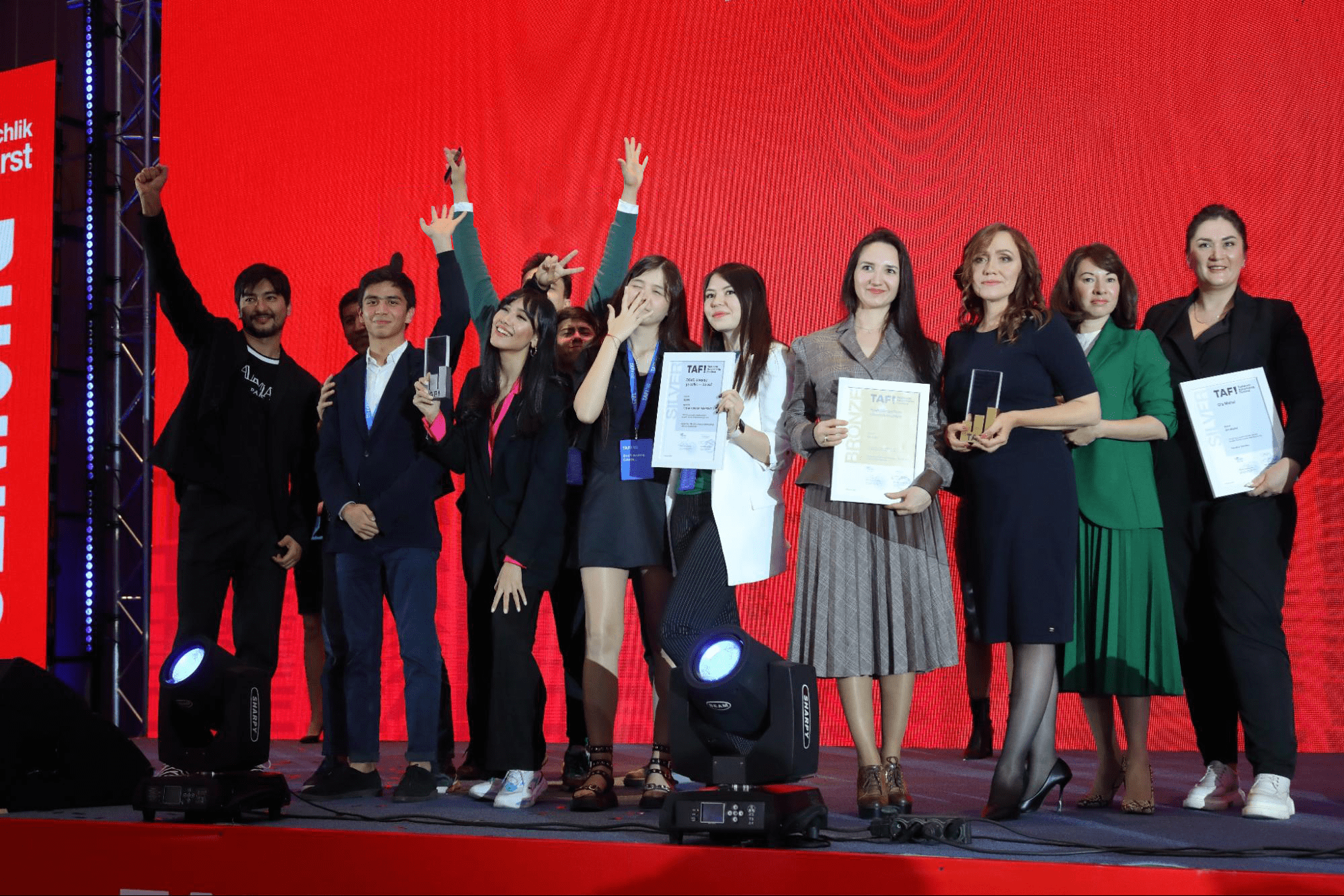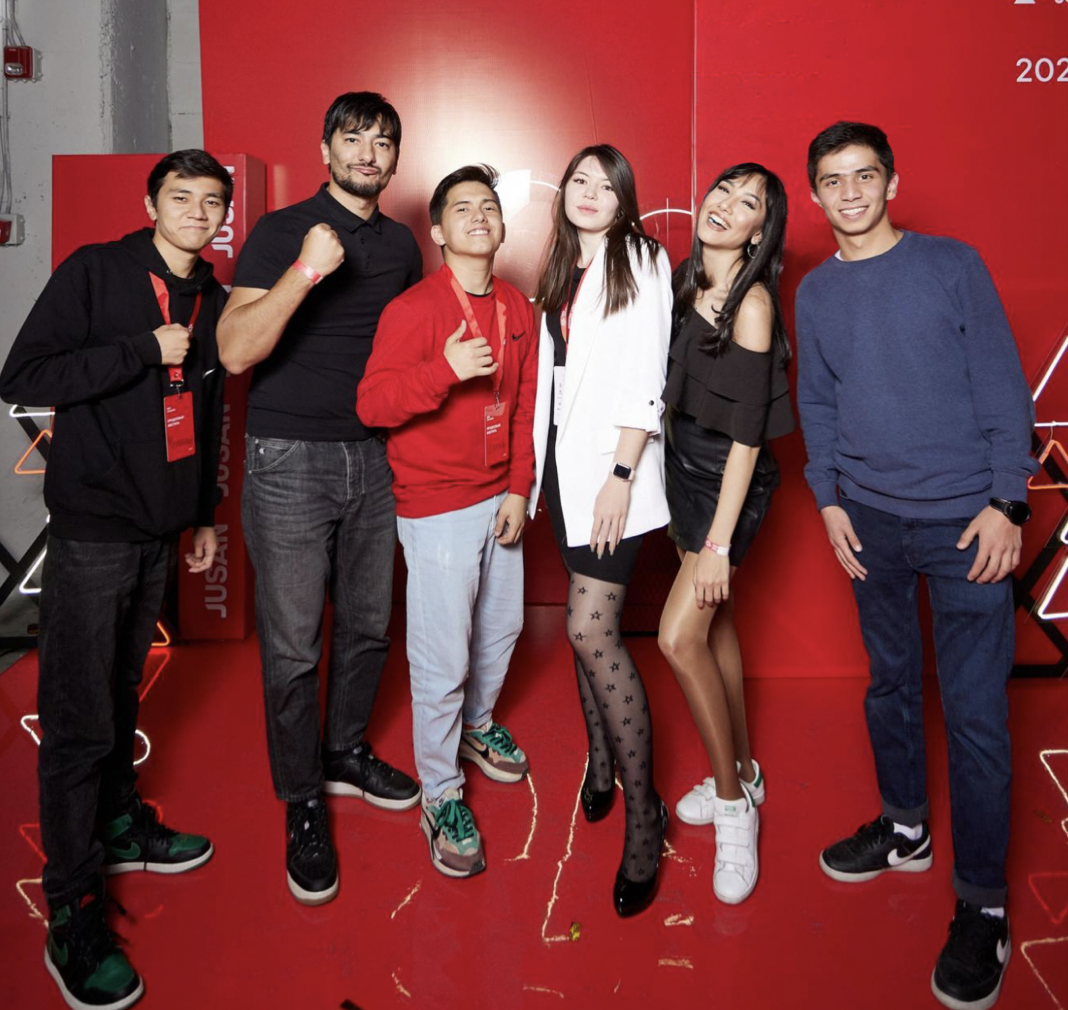

About the company
FCB Artgroup Uzbekistan is the only international creative agency in Uzbekistan, part of the international network of advertising agencies FCB Global.
FCB Artgroup Uzbekistan specializes in creating and implementing integrated marketing communications for various clients. The agency offers various services, including strategic planning, creative development, digital marketing, PR communications, and more.
As part of the FCB Global network, FCB Artgroup Uzbekistan has access to a global company’s resources and experience, allowing them to provide clients with cutting-edge solutions and apply best practices in advertising and marketing.
Project start date: September 2022
Project end day: cooperation continues
Uzbekistan
Marketing
Media & Entertainment
Workloads
Goals

Challenge: For the FCB Artgroup Uzbekistan agency, it was essential to increase the efficiency of the work of employees by developing projects within precisely defined time frames and observing the deadlines for the process — the starting point needed to be improved systematization of projects, tasks, and responsible executors. The agency team was divided between different projects and information about them was distributed through various communication channels, which made it difficult to communicate and coordinate work effectively. Without a clear understanding of priorities, the team spent a lot of time and energy searching for the needed data and had problems meeting deadlines.
Also, the team’s effectiveness was reduced due to the complex process of planning the employees’ workload since some of the colleagues work in the office while others are remote employees. With the increase in the number of projects and changes in the team, it became difficult to take into account each employee’s schedule and individual needs. The agency used old planning tools, such as offline spreadsheets, which took a long time. In addition, it was necessary to consider the different time zones of employees and clients, which made the planning process even harder. The agency team spent much time communicating, coordinating, and manually creating schedules, ultimately affecting productivity and uptime.
Another crucial factor that negatively affected the team’s effectiveness was the lack of automation and the inability to quickly adapt plans. It has significantly slowed down the workflows, assigning tasks to employees, monitoring progress, and finalizing the project for the client. Also, the optimal use of resources decreased, as time was spent not on the creative processes but on communication.

As a result, it was decided to focus on three main problems to improve the workflow:
At the same time, additional obstacles were identified, the elimination of which would improve the performance of the team and the company as a whole:
Solution: The implementation of Asana allowed the FCB Artgroup Uzbekistan team to get a complete picture of the project, its tasks, its implementation statuses, and its launch. Creating projects in different directions has significantly improved the visibility of the team’s workload, allowing for a more efficient allocation of resources.
The use of Asana products has resulted in the following:
The transparent and flexible process of assigning tasks to employees using Asana has become the basis for more efficient work – now, employees have a plan for tasks with deadlines, allowing them to track their status and completion in real-time and not forget about them. Each performer can plan their work more consciously and complete tasks on time for the client.
Asana also allows you to see the workload schedule of employees both in the office and when working remotely. It helps to distribute tasks and resources optimally, considering each employee’s individual capabilities.
Instead of legacy spreadsheets, Asana provides a user-friendly and functional interface that makes it much easier for the agency to plan and manage tasks. Managers can see all projects and tasks in their department and manage employees’ workloads.
All levels of management in the company can now monitor the progress of projects. Asana makes it easy to track progress and respond to changes promptly, significantly contributing to achieving business goals and results in work.
Results: For FCB Artgroup Uzbekistan, the Asana work management platform provides a centralized exchange of information, to-do lists, timelines, and feedback between the agency and clients. All participants in the process are aware of the project’s current status and know who is working on a particular task and when it should be completed.
Thanks to Asana, employee productivity has increased by about a third due to systematization and transparency. Employees feel they are part of the positive changes associated with the company’s digital transformation.
At first, it can be difficult for creative people to adjust to a system with tasks and deadlines, but then they realize the benefits of this approach. The employees begin to appreciate the ability to control their tasks and deadlines and be sure that no one will disturb their work schedule.

"I am sure that today we use about 20-30% of the entire functionality of Asana, but even this has already facilitated our work and interaction between employees and departments. Transparency in work is the main principle of our agency. If a particular task is not completed on time, it is important to understand the problem on which the delay occurred, and Asana's solution is ideal for helping in such matters. Our next goal is to use Asana to expand and grow our business." Shahrukh Nizamutdinov, General Manager of FCB Artgroup Uzbekistan
Cloudfresh Role: The Cloudfresh team presented all the functionalities of Asana and provided trial access to all the features for a test period, which became a decisive factor in purchasing the product.
During the implementation of the solution, they provided full support for a quick start and proper setup with all the necessary information and solutions for the team.
The collaboration continues, and now, after the full implementation of Asana, the Cloudfresh team regularly enables FCB Artgroup with up-to-date information about new features and updates and provides ongoing support from the product team.
